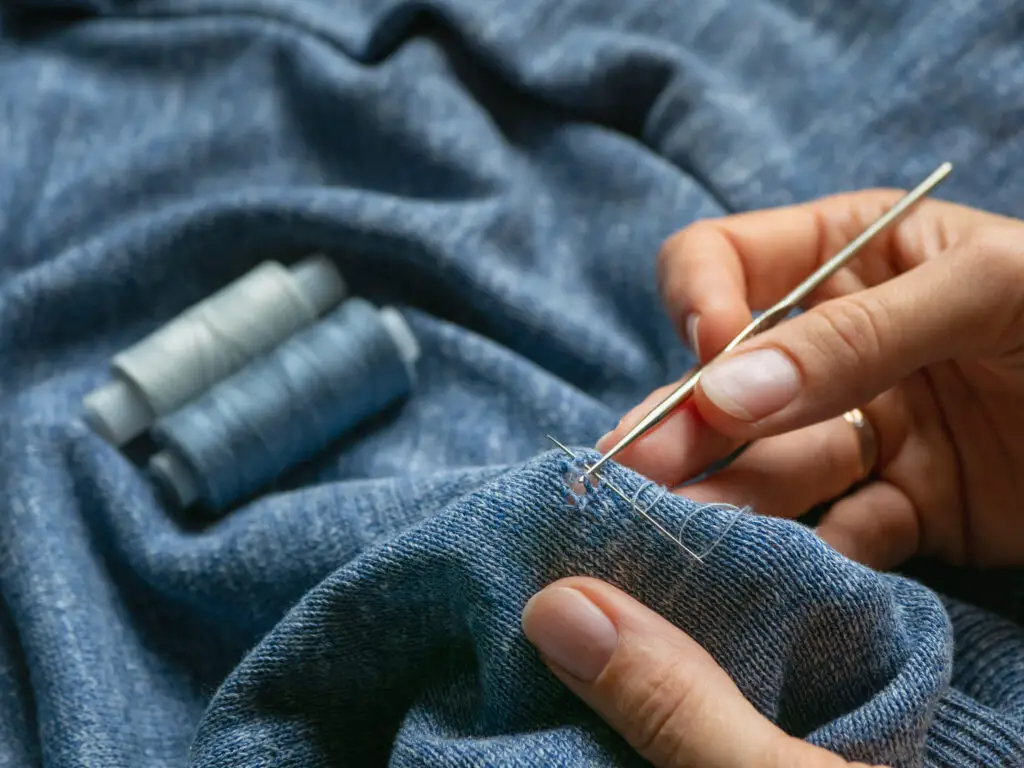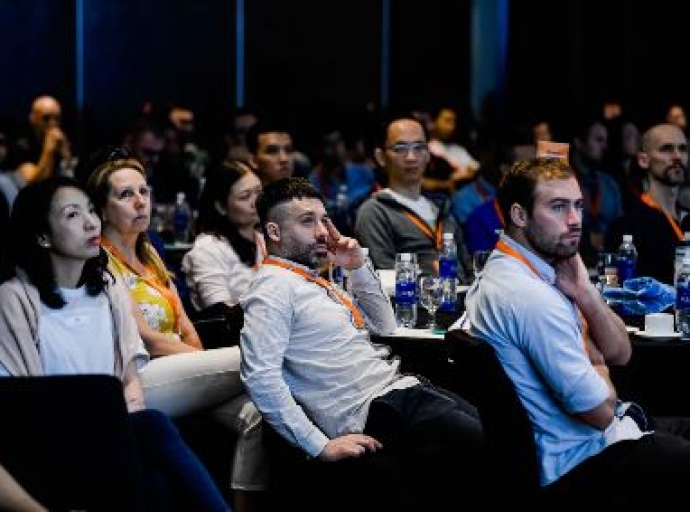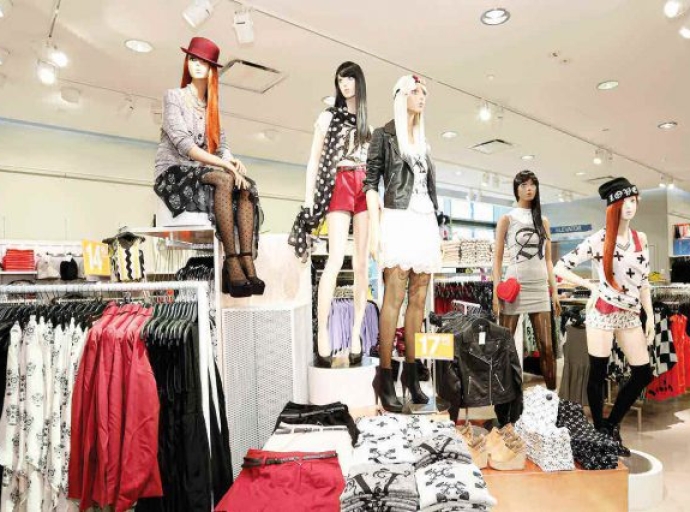26 August 2023, Mumbai
The Commerce and Industry Ministry is finalizing the national e-commerce policy, which will consider the interests of all stakeholders and address data localization and other regulatory concerns.
The final draft will not be issued for public feedback.
Instead, it will be presented to the highest levels of government for final approval.
What all you need to know
Policy to consider interests of all stakeholders
The policy will consider the interests of all stakeholders, including investors, manufacturers, MSMEs, traders, retailers, startups, and consumers.
It will aim to create a conducive environment for the holistic and harmonious growth of the e-commerce sector. The policy will also address data localization and other regulatory concerns.
Background
The Commerce and Industry Ministry has been working on a national e-commerce policy for several years.
Two drafts of the policy were released in 2018 and 2019. The 2019 draft covered six key aspects of the e-commerce ecosystem:
Data: The policy proposed restrictions on cross-border data flow and requirements for e-commerce platforms to store sensitive data locally.
Infrastructure development: The policy called for investments in e-commerce infrastructure, such as warehouses and logistics facilities.
E-commerce marketplaces: The policy proposed measures to prevent preferential treatment of certain sellers on e-commerce platforms.
Regulatory concerns: The policy addressed a range of regulatory concerns, such as the sale of counterfeit goods and restricted items.
Stimulation of the domestic digital economy: The policy aimed to stimulate the growth of the domestic digital economy by promoting the use of e-commerce by businesses and consumers.
Promotion of exports through e-commerce: The policy aimed to promote the export of goods and services through e-commerce.
The ministry has held extensive discussions with stakeholders on the proposed policy, including e-commerce companies, traders, and consumers. A significant level of consensus has been reached on the policy, and it is now being finalized.
Cross over
The draft included discussions on measures such as cross-border data flow restrictions, handling sensitive data locally before storing it abroad, and measures to combat the sale of counterfeit goods, restricted items, and pirated content.
Consultative approach; The ministry has held extensive discussions with representatives from e-commerce companies and a domestic traders' association on the proposed policy.
A significant level of consensus has been reached among the concerned parties. The focus is now on obtaining final approval for the policy.
E-commerce policy in place
Once the policy is approved by the government, it will be implemented.
The national e-commerce policy is a significant step towards regulating the e-commerce sector in India.
The policy is expected to create a conducive environment for the growth of the sector and protect the interests of all stakeholders.
Gist
Finalizing: The policy is close to being finalized.
Cater: The policy will cater to the interests of all stakeholders.
Favorable: The policy is expected to create a favorable environment for the sector.
Address: The policy will address concerns around data localization.
Regulatory: The policy will also address other regulatory issues.

Latest Textile Events


































